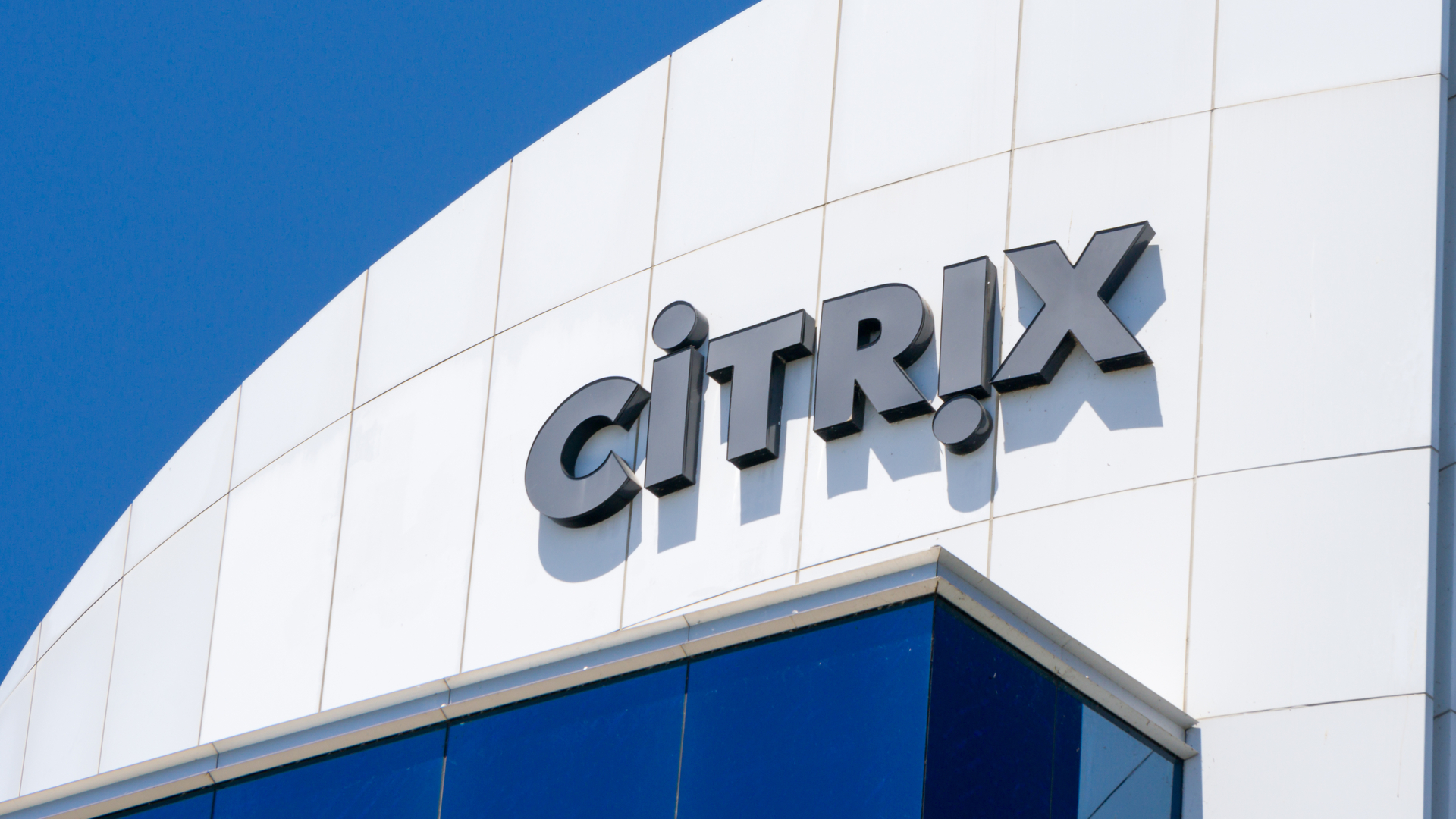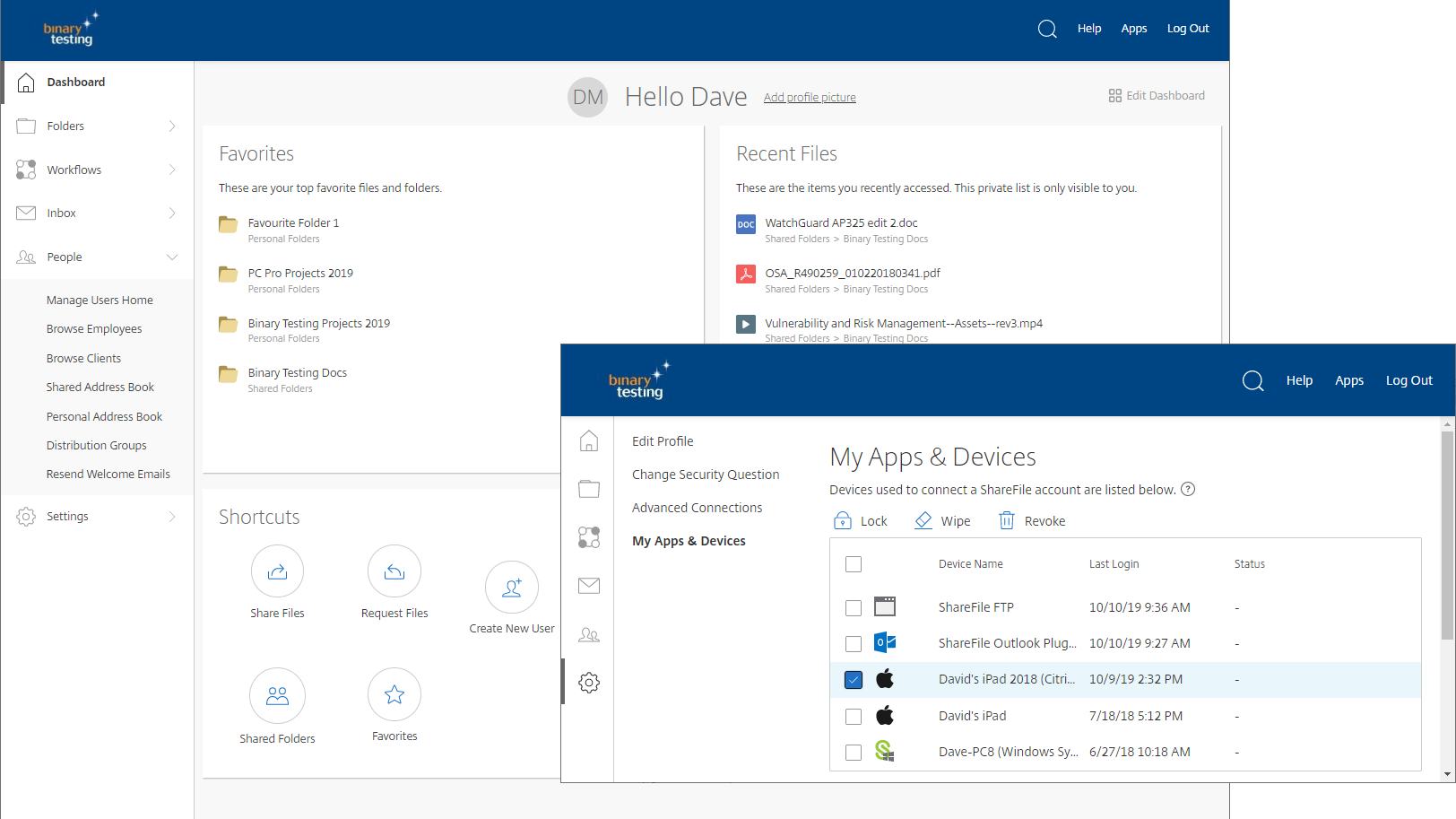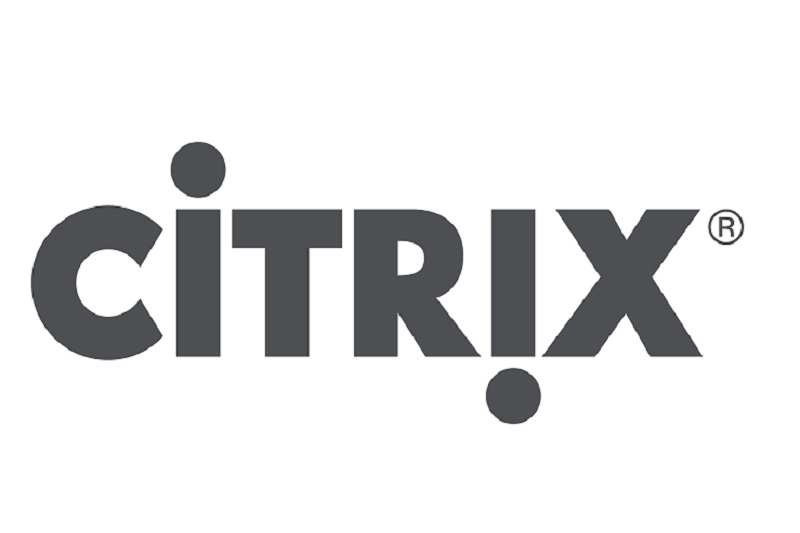Citrix launches CloudStack 3
The first release under proprietary brand increases integration and builds portfolio and community.


Citrix has announced the first commercial release of CloudStack, the open source infrastructure-as-a-service (IaaS) platform it acquired last year.
The release of CloudStack 3 introduces support for XenServer 6.0 virtualisation software and tighter integration at both the hypervisor level and with Citrix's NetScaler application delivery controller.
Peder Ulander, vice president of product marketing for Citrix cloud platforms group claimed that, while a lot of the news is around XenServer and NetScaler integration, CloudStack remains "100 per cent open source" under version 3 of the General Public Licence (GPLv3).
"There are a number of additional enhancements that were made to the core," he said. "Additionally, customers do not need XenServer or NetScaler to build/run their cloud and can take the OSS [open source software] CloudStack 3 and run it on the technology of their choice."
Four of the top five world's largest public clouds in production (Amazon, Rackspace, GoGrid, Softlayer) already use XenServer or Xen as the virtualisation platform.
Citrix is asserting that its Xen IaaS integration will increase levels of manageability, security, multi-tenancy and virtual switching integration hence its claim that CloudStack 3 can "bring the power of Amazon-style clouds to customers of all sizes," by easing the management of tens of thousands of virtual machines (VMs).
The new features Ulander highlighted, and enabled through the Citrix integration work, include the ability to configure hypervisor networking, storage and security parameters across collections of VMs and datacentres, with bare-metal provisioning of XenServer.
Get the ITPro daily newsletter
Sign up today and you will receive a free copy of our Future Focus 2025 report - the leading guidance on AI, cybersecurity and other IT challenges as per 700+ senior executives
The release also introduces what Citrix calls "networking-as-a-service" (NaaS) through support of Citrix NetScaler SDX and VDX application acceleration and delivery appliances and further integration with its other cloud networking products, CloudBridge and CloudGateway.
In order to increase cloud management automation levels, Citrix has also built in a network services catalogue that it said would allow service providers to upsell network services through the creation of custom catalogues of network service options.
Alongside a redesigned user interface to enable self-service administration, advanced orchestration and automation in order to speed IT services delivery, CloudStack 3 includes support promised last August for Swift, the OpenStack object-storage technology for creating access to redundant, scalable object storage using standardised server clusters, storing petabytes of data.
The vendor also launched a Citrix Cloud Community Programme, which introduces over 2,200 products and services verified to work with Citrix cloud products, giving partners a route into this market.
Ulander added: "CloudStack is a fraction of the cost of the competitors in the space seven times cheaper than vCloud, and 50 percent cheaper than Abiquo, Eucalyptus and Nimbula. All of these technologies still require the purchase of an underlying virtualisation platform, so add that in and the savings are even more dramatic, as CloudStack also integrates XenServer, providing support and maintenance on that platform."
Clive Longbottom, founder and business process facilitation service director of analyst Quocirca, commented that Citrix was trying to increase the reach and power behind CloudStack.
"The biggest problem with cloud computing at the moment is that it is all so different, and the hoped-for commonality across different cloud offerings just isn't there," he told Cloud Pro.
"As an alternative to Amazon, though, it is still valid and good but CloudStack's future is not around it being FOSS [free and open source], nor in that it is being an Amazon alternative it is all down to how well Citrix can position it, message it and implement it through itself and its partners."
A 25-year veteran enterprise technology expert, Miya Knights applies her deep understanding of technology gained through her journalism career to both her role as a consultant and as director at Retail Technology Magazine, which she helped shape over the past 17 years. Miya was educated at Oxford University, earning a master’s degree in English.
Her role as a journalist has seen her write for many of the leading technology publishers in the UK such as ITPro, TechWeekEurope, CIO UK, Computer Weekly, and also a number of national newspapers including The Times, Independent, and Financial Times.
-
 Cleo attack victim list grows as Hertz confirms customer data stolen
Cleo attack victim list grows as Hertz confirms customer data stolenNews Hertz has confirmed it suffered a data breach as a result of the Cleo zero-day vulnerability in late 2024, with the car rental giant warning that customer data was stolen.
By Ross Kelly
-
 Lateral moves in tech: Why leaders should support employee mobility
Lateral moves in tech: Why leaders should support employee mobilityIn-depth Encouraging staff to switch roles can have long-term benefits for skills in the tech sector
By Keri Allan
-
 Citrix confirms two new NetScaler vulnerabilities as firms urged to patch immediately
Citrix confirms two new NetScaler vulnerabilities as firms urged to patch immediatelyNews Citrix has issued patches for two new vulnerabilities in its NetScaler ADC and Gateway appliances
By Solomon Klappholz
-
 Citrix mulling potential sale after tumultuous 2021
Citrix mulling potential sale after tumultuous 2021News Share prices have tumbled due to consecutive quarters of "mixed" financial results
By Keumars Afifi-Sabet
-

 Citrix ShareFile review: Slick collaboration, stonking price
Citrix ShareFile review: Slick collaboration, stonking priceReviews An affordable cloud service that’s easy to manage and perfect for businesses that need to share huge files
By Dave Mitchell
-
 Server virtualization: What is it and what are the benefits?
Server virtualization: What is it and what are the benefits?In-depth Server virtualization offers a quick and effective way of creating a more efficient IT infrastructure, but how does it work?
By Adam Shepherd
-
 Everything you need to know about Citrix
Everything you need to know about CitrixIn-depth A comprehensive guide to Citrix, tracing its history from on-premises virtualization to cloud services, highlighting key acquisitions and business mission
By Keumars Afifi-Sabet
-
 Citrix ShareFile: grown-up file sharing
Citrix ShareFile: grown-up file sharingIn-depth Steve Cassidy takes a look at what ShareFile has to offer.
By Steve Cassidy
-
 Citrix Synergy 2013: Citrix eyes mobile enterprise with latest XenDesktop version
Citrix Synergy 2013: Citrix eyes mobile enterprise with latest XenDesktop versionNews First fruits of Project Avalon are borne as Citrix offers businesses a way to maximise legacy Windows app investments in the mobile world.
By Maggie Holland
-
 Citrix Synergy 2012: Citrix takes a legendary turn with project Avalon
Citrix Synergy 2012: Citrix takes a legendary turn with project AvalonNews Virtualisation giant stretches 'as a service' possibilities with mythical new offering.
By Jane McCallion